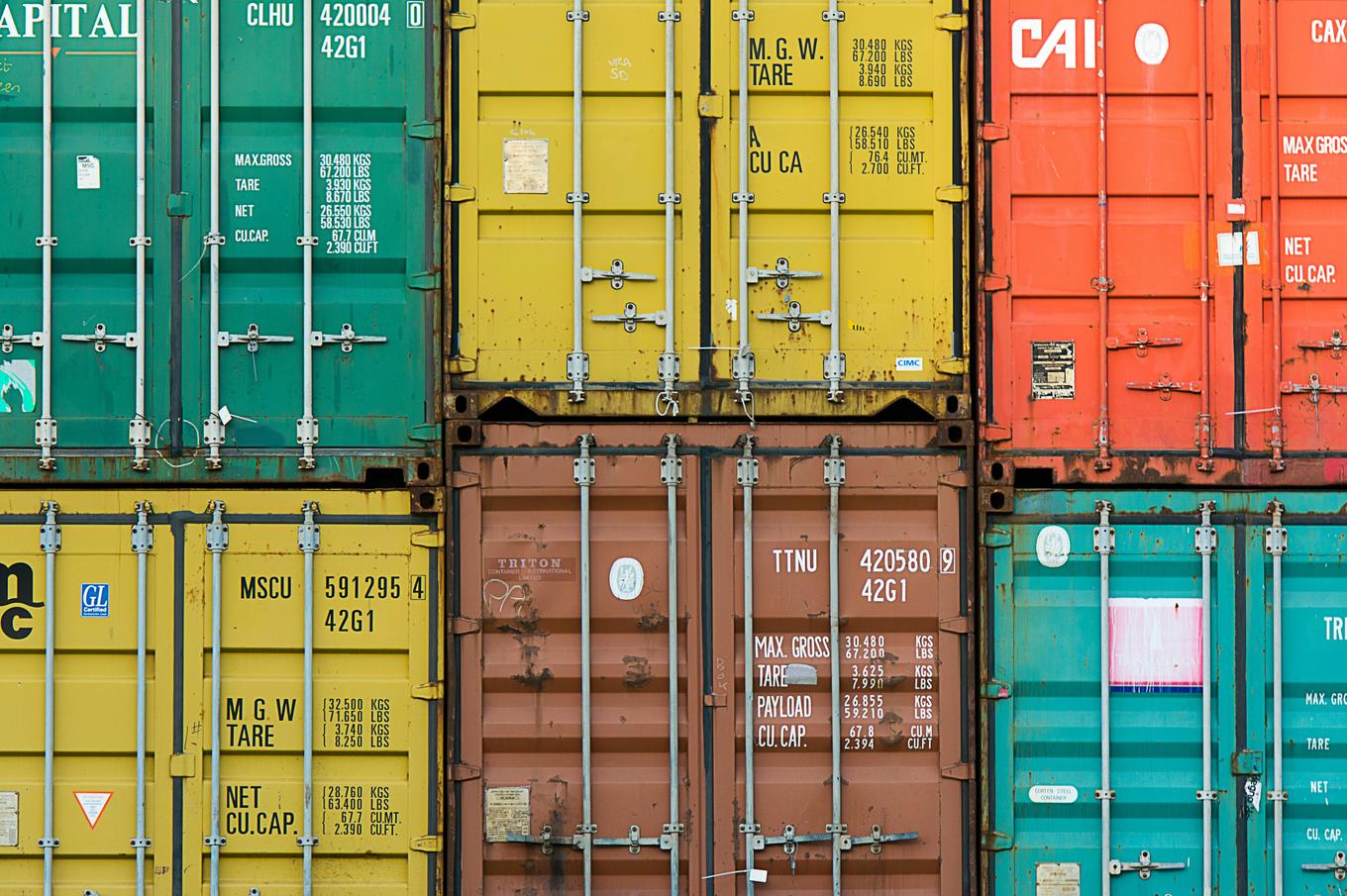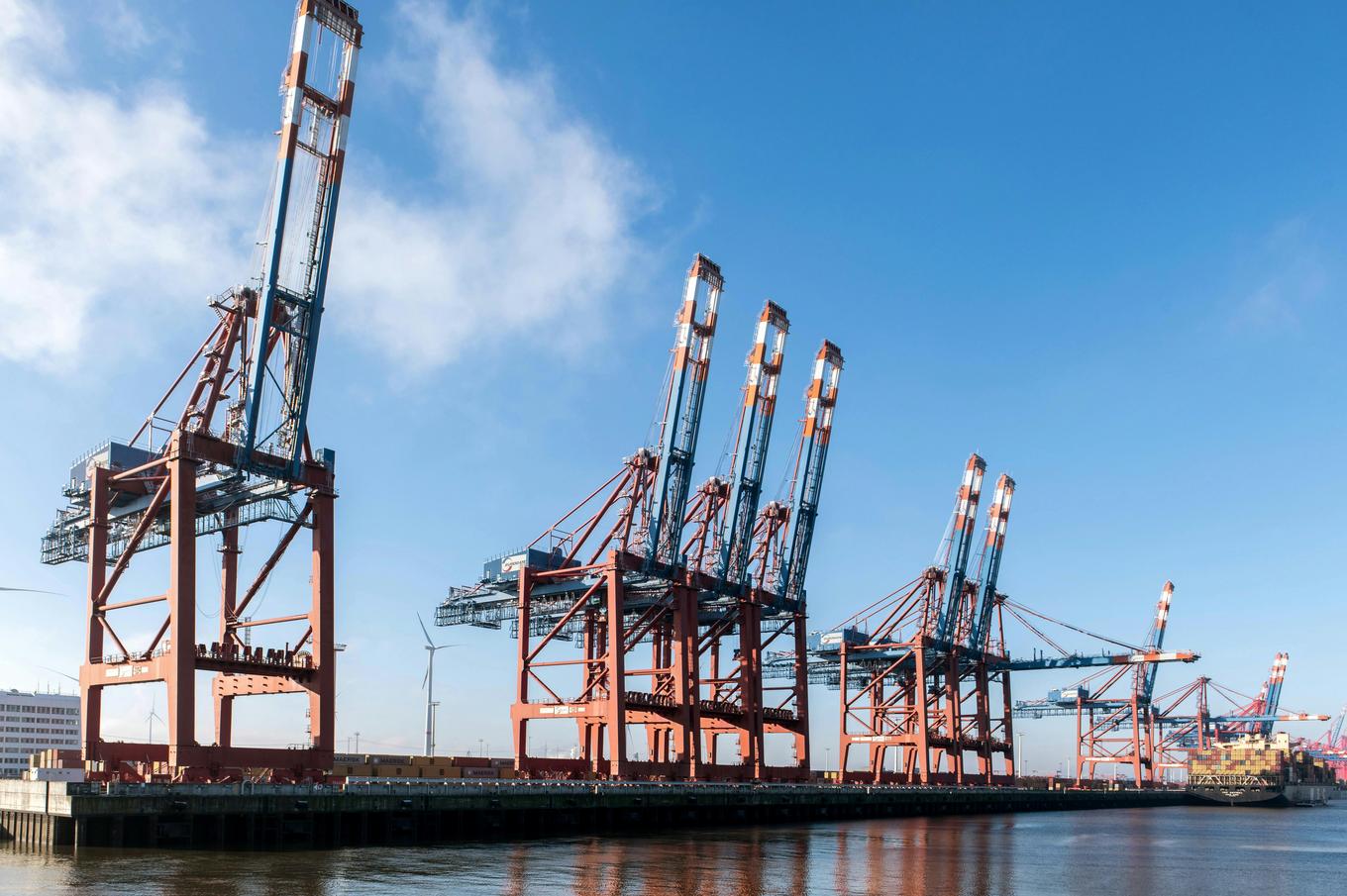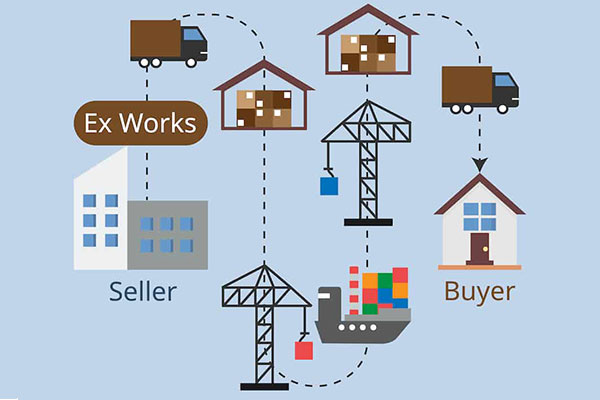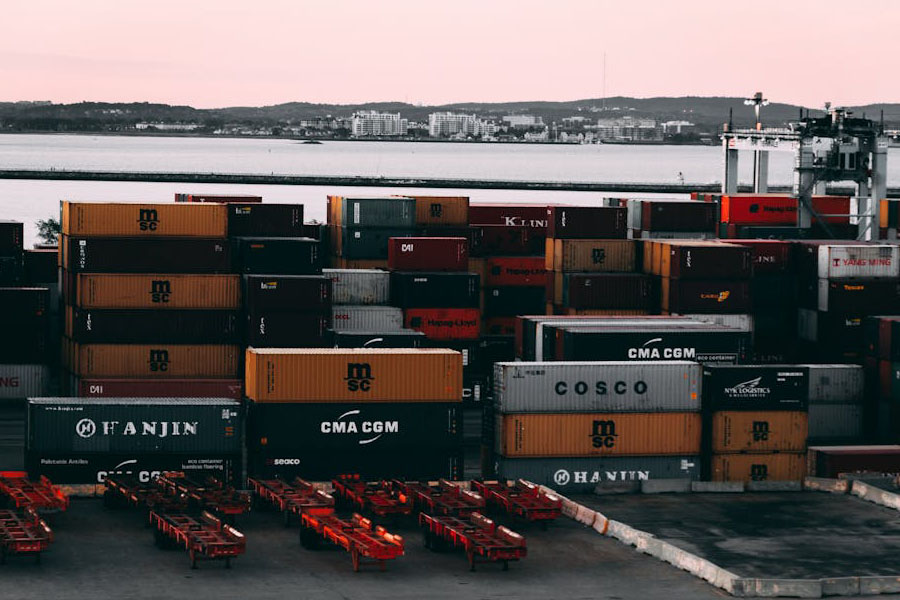- Shanghai Zhongshen International Trading Co., Ltd. – Your reliable partner with 20 years of import/export agency service expertise.
Understand LCL (Less Than Container Load) shipping: how it works, direct vs. transfer consolidation, and crucial cost factors. Navigate L/C terms and shipping requirements effectively.
LCL (Less Than Container Load) means that after the carrier (or agent) receives small - volume liquid goods from the shipper with a quantity less than 100% of a full container, it classifies and categorizes them. Products destined for the same destination are totaled according to a certain quantity and packed in one box. It is called LCL because the box contains the goods of another consignor. This situation is used when the shippers commitment is not enough to fill the entire container. The sorting, placement, concentration, packaging and delivery of LCL goods are completed at the carriers terminal container freight station or inland container transfer station.
LCL can be divided into Direct Consolidation and Transfer Consolidation. Direct Consolidation means that the goods loaded in an LCL container are shipped and unloaded at the same port, and the container is only unpacked after the goods reach the port of destination at the same unloading port. This kind of LCL service has a short delivery time, is convenient and fast, and is generally provided by powerful LCL companies. Transfer Consolidation refers to the goods in containers not destined for the same port, which need to be unpacked, unloaded or stacked on the way. Factors such as different ports of destination and the long waiting time for such goods result in a longer transportation time and higher freight.
2. Consolidated cargo usually cannot be designated to a specific shipping company, as shipping companies only accept bookings for full container loads (FCL) and do not directly accept bookings for less-than-container loads (LCL). After consolidation, you can book space with the shipping company. Almost all LCL shipments are transported by freight forwarders through "centralized handling and distribution." The primary consolidation hub in East China is basically the Port of Shanghai. Due to limitations in supply and demand for goods, general freight forwarders can only reserve space with certain carriers. Companies cannot meet the requirements to avoid outsourcing processing. )
When negotiating a transaction with the customer, pay special attention to the relevant transportation terms when opening?L/C?for the other party, and do not admit transportation terms that cannot be met when handling the consignment. In daily business, we often encounter situations where the L/C stipulates that LCL goods do not accept the bill of lading issued by the freight forwarder, and a HOUSE B/L is issued to the shipper. If the L/C designates that the B/L does not allow the freight forwarder, then there is no choice in the actual transportation process, and there will be a mismatch with the L/C.
The billing tone for LCL must be accurate. Before shipping LCL goods, the factory must measure the weight and size of the goods as accurately as possible. If the factory changes the packaging, it must be notified. Do not wait until the goods are sent to the freight warehouse. Then the operator feeds back the information. It is often very time - consuming.
5. At some ports, due to the shortage of LCL (Less than Container Load) cargo sources and high costs, specialized LCL shipping companies apply a minimum charge standard for non-bulk cargo, which is calculated by weight. Therefore, for goods with relatively low transaction volumes and less favorable port conditions, these factors should be taken into account during transactions to avoid future passivity.
For some routes and ports, if the customer requests to send LCL goods to an inland point, before signing the contract, there should be a freight forwarder and a freight forwarding company that can handle it, and it is best to check. The transportation and related costs before signing an agreement with these remote ports and inland branches.
Related recommendations
- Communicating MOQ & Lead Times: A Guide for Exporters
- Client Asks for Your Customer List? How to Respond Tactfully
- Huge Customs Bill on Exhibition Goods? A Guide to Fixing a Currency Declaration Error
- EXW Shipments & Tax Rebates: How to Handle New Declaration Fees
- How to save 30% on the cost of exporting QR code scanning equipment?
Resources
Contact Us
Email: service@sh-zhongshen.com
Related recommendations
Contact via WeChat

? 2025. All Rights Reserved.









